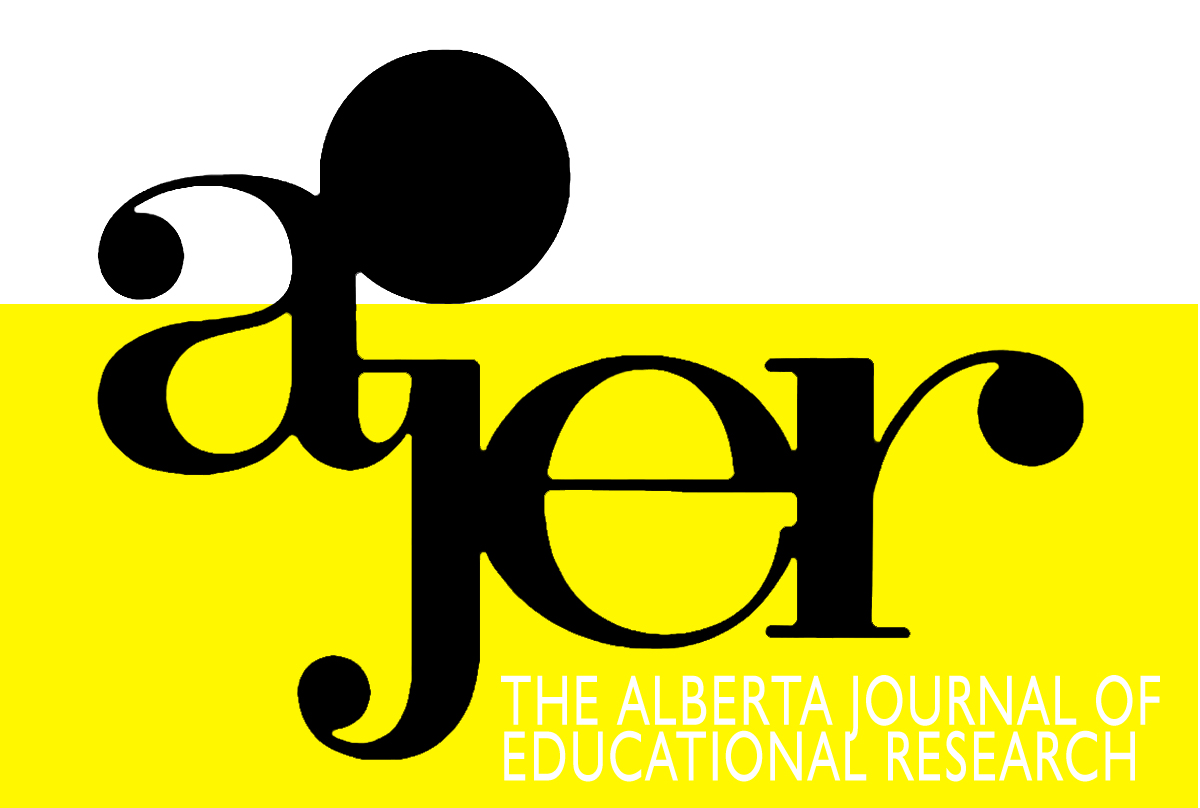Evaluating Prospects: The Criteria Used to Hire New Teachers
DOI:
https://doi.org/10.55016/ojs/ajer.v58i3.55627Keywords:
Teacher selection, Personnel management, Educational LeadershipAbstract
Teacher hiring decisions have far-reaching effects. Accordingly, it is important that prospective teachers be scrutinized carefully. The process that yields new teacher hires also deserves careful analysis. This article reports on key findings derived from a larger study that examined the overall organization of the hiring process and how criteria were weighted in both the screening and selection phases of the process throughout school divisions in Manitoba, Canada. The study, which used a Likert-like scale questionnaire, obtained information from superintendents in three-quarters of Manitoba’s school divisions. Using a multi-criteria decision making analysis approach, the findings suggest three general themes, namely: (a) there is significant variation among divisions regarding the degree of centralization of hiring, (b) evaluations made during interviews are the most important factor in deciding whom to hire, and (c) orthodox measures of academic proficiency are de-emphasized. The findings suggest that while candidates obviously deserve careful scrutiny, so too does the process that purports to yield the best results from any given group of applicants.Les décisions relatives à l’embauche de personnel enseignement engendrent des conséquences de grande ampleur. Il est donc important d’examiner minutieusement les dossiers des candidats. Le processus menant à l’embauche de nouveaux enseignants mérite également une analyse attentive. Cet article présente les principaux résultats tirés d’une plus grande étude ayant porté sur l’organisation globale du processus d’embauche et explique l’évaluation des critères lors de la phase d’examen préliminaire et celle de sélection dans les divisions scolaires du Manitoba, au Canada. L’étude a eu recours à un questionnaire avec échelle de Likert pour obtenir des renseignements de la part de surintendants dans les trois-quarts des divisions scolaires du Manitoba. L’application à la prise de décisions d’une méthode d’analyse multicritères a débouché sur des résultats qui révèlent trois thèmes généraux, notamment : (a) il existe une différence significative entre les divisions quant au degré de centralisation de l’embauche, (b) les évaluations réalisées durant les entrevues constituent le facteur le plus important dans la prise de décisions quant au candidat à embaucher, et (c) on ne met pas l’accent sur les mesures orthodoxes du rendement scolaire. Les conclusions portent à croire que si les candidats méritent évidemment un examen minutieux, le processus qui prétend tirer les meilleurs résultats à partir d’un groupe donné de candidats doit également faire l’objet d’une analyse rigoureuse.
Downloads
Downloads
How to Cite
Issue
Section
License
UNIVERSITY OF ALBERTA COPYRIGHT LICENSE AND PUBLICATION AGREEMENT
If accepted, authors will be asked to sign a copyright agreement with the following points:
A. Where there is any inconsistency between this Copyright License and Publication Agreement and any other document or agreement in relation to the same subject matter, the terms of this Agreement shall govern.
B. This document sets out the rights you are granting in relation to publication of your article, book review, or research note entitled (the “Article”) through inclusion in the academic journal titled Alberta Journal of Educational Research (the “Journal”) published through the Faculty of Education, representing the Governors of the University of Alberta (the “Journal Editor”).
C. There will be no payment to you for this publication and grant of rights. In consideration of the agreement to publish the Article in the Journal:
1. You are warranting that:
- the content of the Article is your original work, and its content does not contain any material infringing the copyright of others; or, where the Article is not entirely your original work, you have obtained all necessary permissions in writing to grant the rights you are giving in this agreement;
- the content of the Article does not contain any material that is defamatory of, or violates the privacy rights of, or discloses the confidential information of, any other person;
- the Article has not been published elsewhere in whole or in part, and you will not allow publication of the Article elsewhere without the consent of the Journal Editor;
- the names of all co-authors and contributors to the Article are:
2. You agree to license the copyright in the Article to the Journal Editor, on a worldwide, perpetual, royalty free basis; and to the extent required by the terms of this agreement. You shall retain the right at all times to be acknowledged as the/an author of the Article.
3. You further agree that the Journal Editor has the entitlement to deal with the Article as the Journal Editor sees fit, and including in the following manner;
- The right to print, publish, market, communicate and distribute the Article and the Journal, in this and any subsequent editions, in all media (including electronic media), in all languages, and in all territories, ing the full term of copyright, and including any form of the Article separated from the Journal, such as in a database, abstract, offprint, translation or otherwise, and to authorize third parties to do so;
- The right to register copyright of the Journal;
- The right to edit the Article, to conform to editorial policy as the Journal Editor sees fit.
4. If any co-author or contributor to the Article does not sign this agreement, the Journal Editor reserves the right to refuse to publish the Article.



